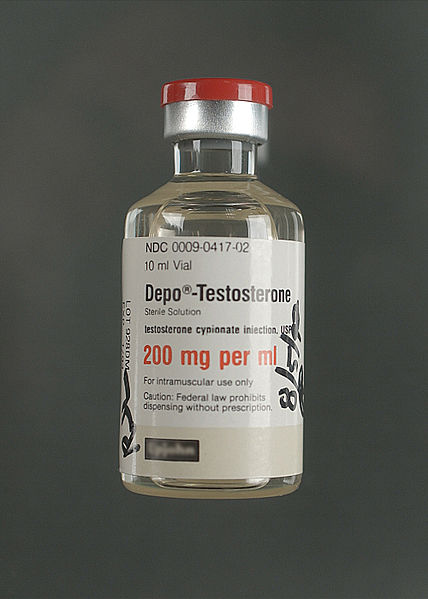DOGS ARE SAVING OUR HEARTS

My furry best friend Pablo at 7 weeks. Picture taken by myself, Sabrina Cheema.
From approximately 20,000 to 40,000 years ago humans have developed a special bond with dogs, which began with helping man to hunt for food to becoming mans’ best friend. Recent research is suggesting that man’s four-legged furry best friend could help to increase our lifespan. A study was conducted at the University of Sweden that observed and examined more than 3.4 million adults for approximately 12 years. The findings suggested that dog owners were at a lower risk of cardiovascular disease (CVD), a class of diseases that involve the heart or blood vessels compared to non-dog owners. Currently, CVD is the leading cause of death globally and accounts for approximately 45% of all deaths in Europe and approximately 29% of all deaths in Canada. Also, the findings suggested that dogs provide a form of social support and motivation for physical activity.
LETS GO FOR A WALK
Furthermore, several studies including one from University of Missouri and Glasgow Caledonian University found seniors were tending to exercise for longer periods of time due to their dogs. For example, walking is the easiest form of exercise as no equipment is required therefore, it is the most common form of physical activity for seniors. Also, the more seniors walked their dogs there was a decrease in their body mass index (BMI) and they had fewer doctor visits.

Pablo modelling for Popeyes Abbotsford. Picture taken by myself, Sabrina Cheema
Dogs don’t only help save adults and seniors but babies and children too!
SAVING THE CHILDREN TOO
Children and unborn babies in the womb that were exposed to dogs during and after pregnancy showed lower risk of developing eczema and reduced asthma symptoms. The American College of Allergy Asthma and Immunology (ACAAI) findings stated that children exposed to dogs were less likely to develop eczema, a skin condition characterized by rashes and patches of dry, itchy skin by the age of 2 years, compared to children that weren’t exposed to dogs. Also, the ACAAI findings suggested children exposed to bacteria and particles from dogs experienced reduction in their asthma symptoms too.
Dogs are also, helping students in university too!
DOGS AND FINAL EXAMS
The greatest benefit for students in post-secondary education is that dogs help decrease stress and anxiety. When students interact with dogs the hormone oxytocin levels increase within the blood stream. Oxytocin helps boost physiological well-being and decreases levels of stress and anxiety. That is why dogs are often used as therapy animals and also brought to university campuses during midterm and exam weeks, to help reduce levels of stress and anxiety among students.
In this video Doctor Mike is sharing the health benefits of having a pet dog. Source of video is by Doctor Mike from Youtube https://www.youtube.com/watch?v=9NvMZlavv0k
Now, we can agree dogs aren’t only our furry best friends but our own personal superheroes trying to save our lives with their cute furry faces.
Sabrina Cheema






















